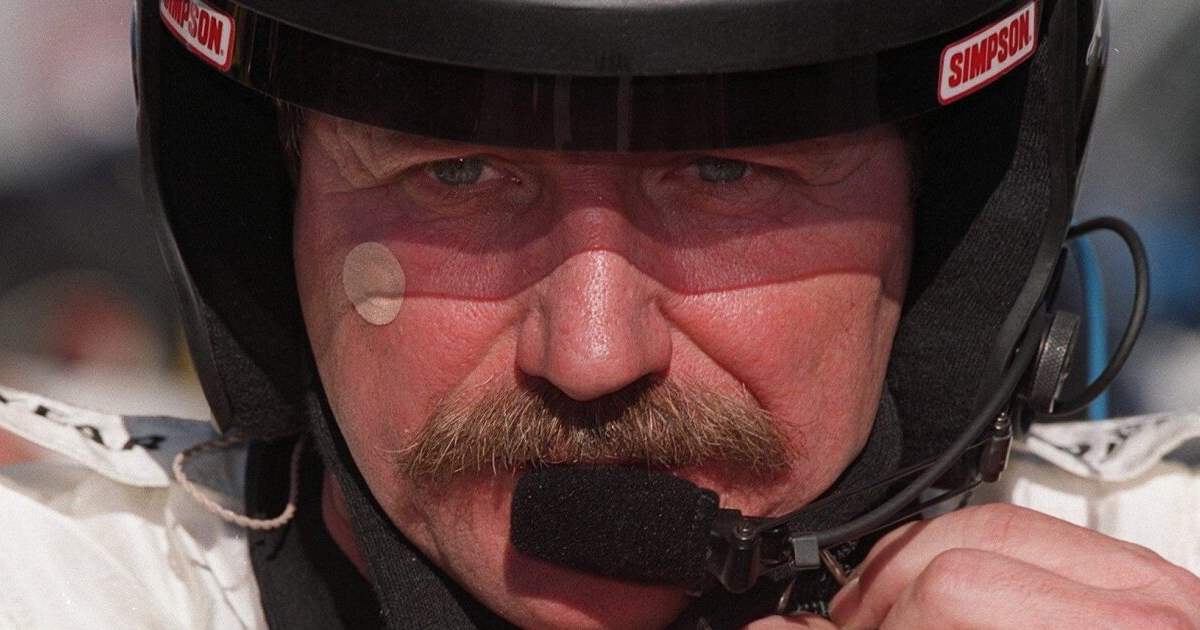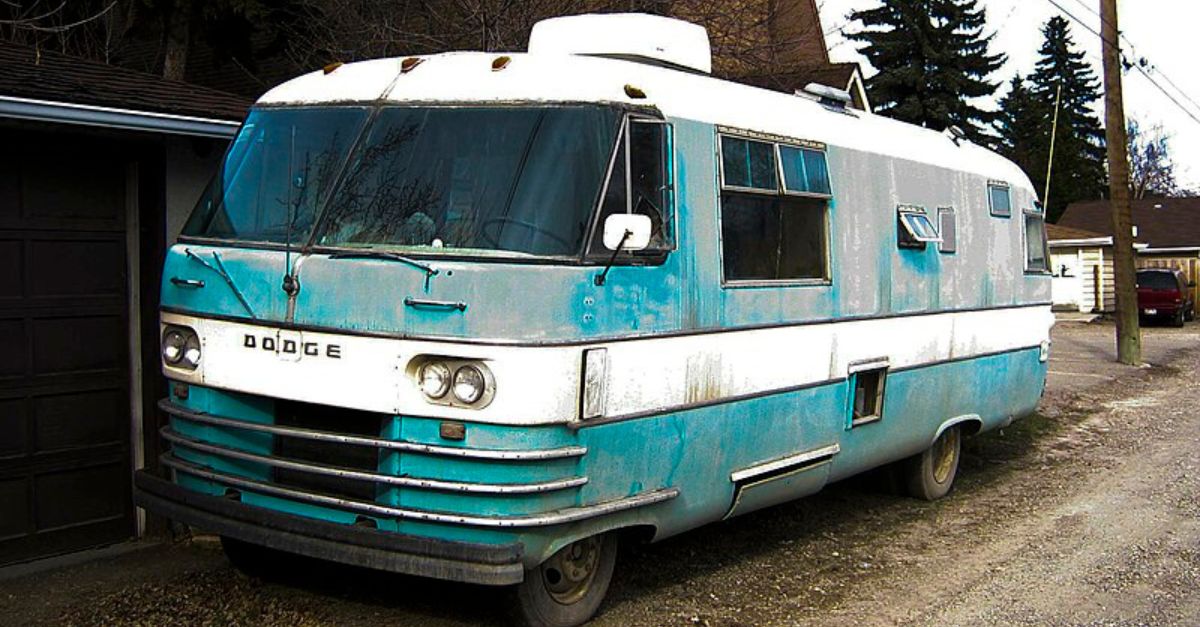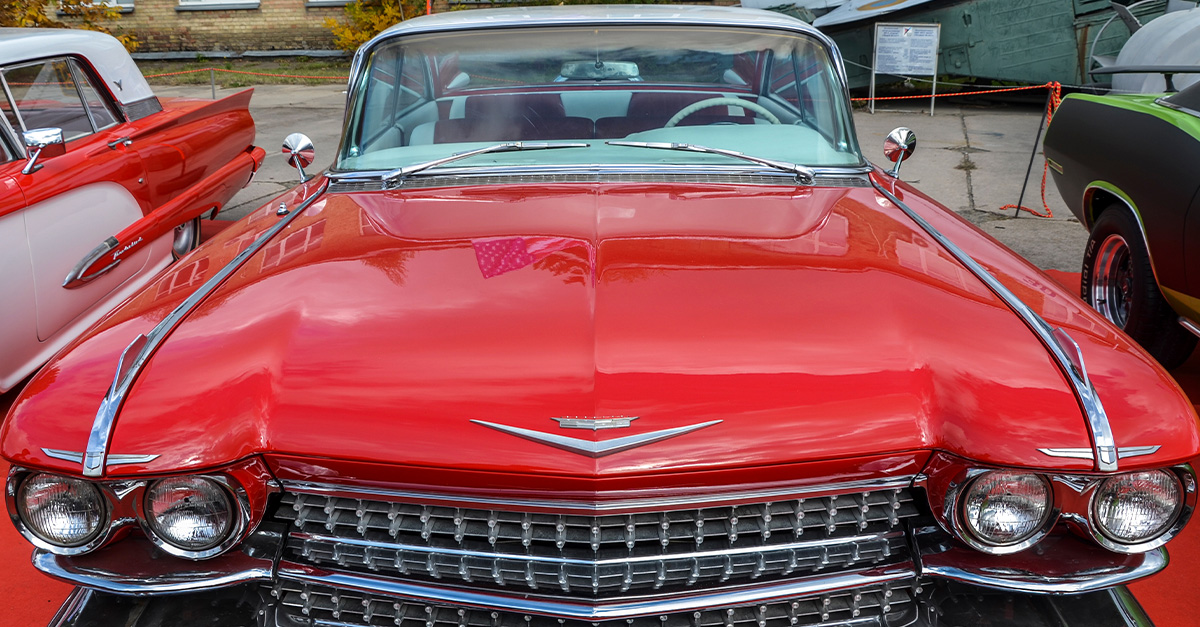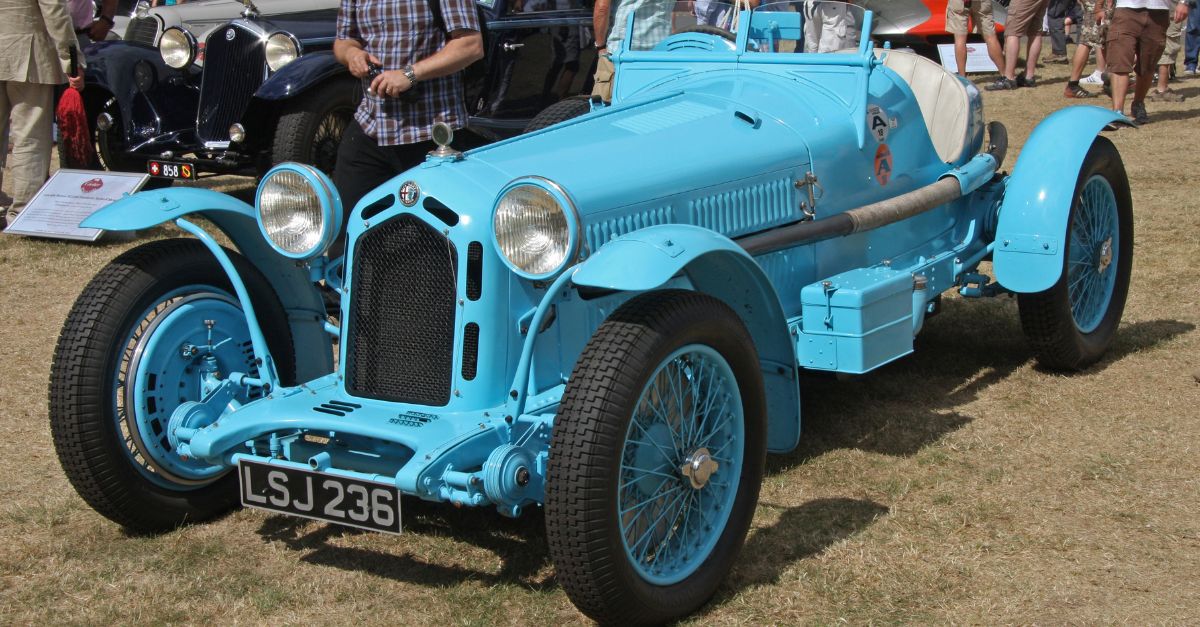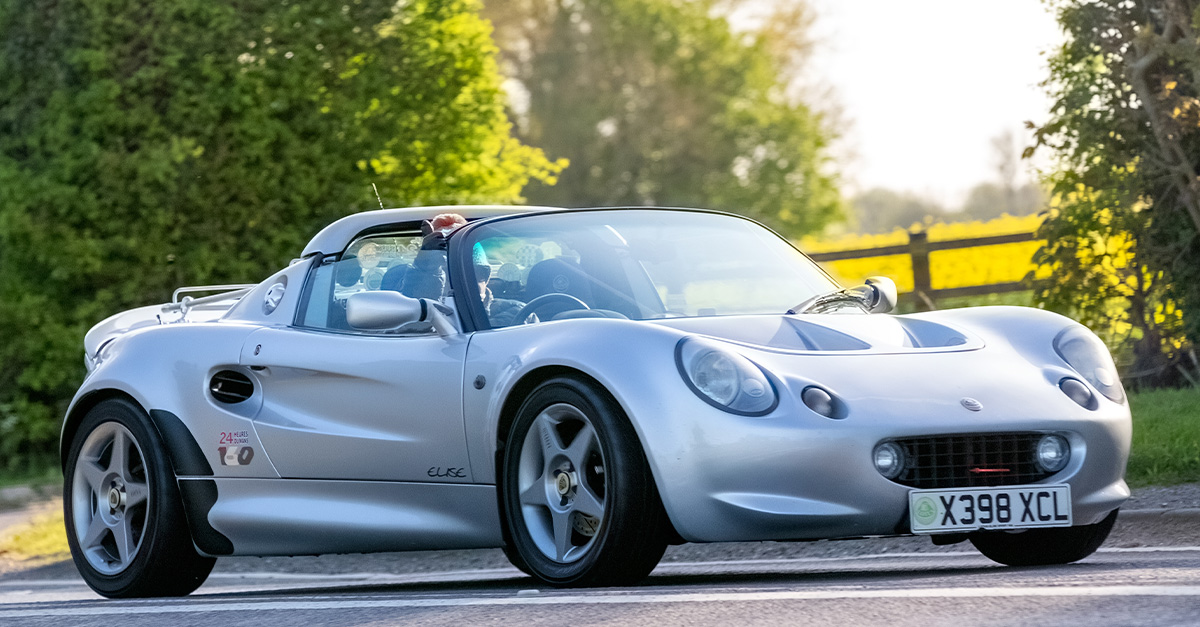Excellence Through Engineering
Every automotive masterpiece begins with a dream and a garage. But here’s what happened when two immigrant brothers dared to challenge the limits of speed, luxury, and engineering in America's golden age of cars.
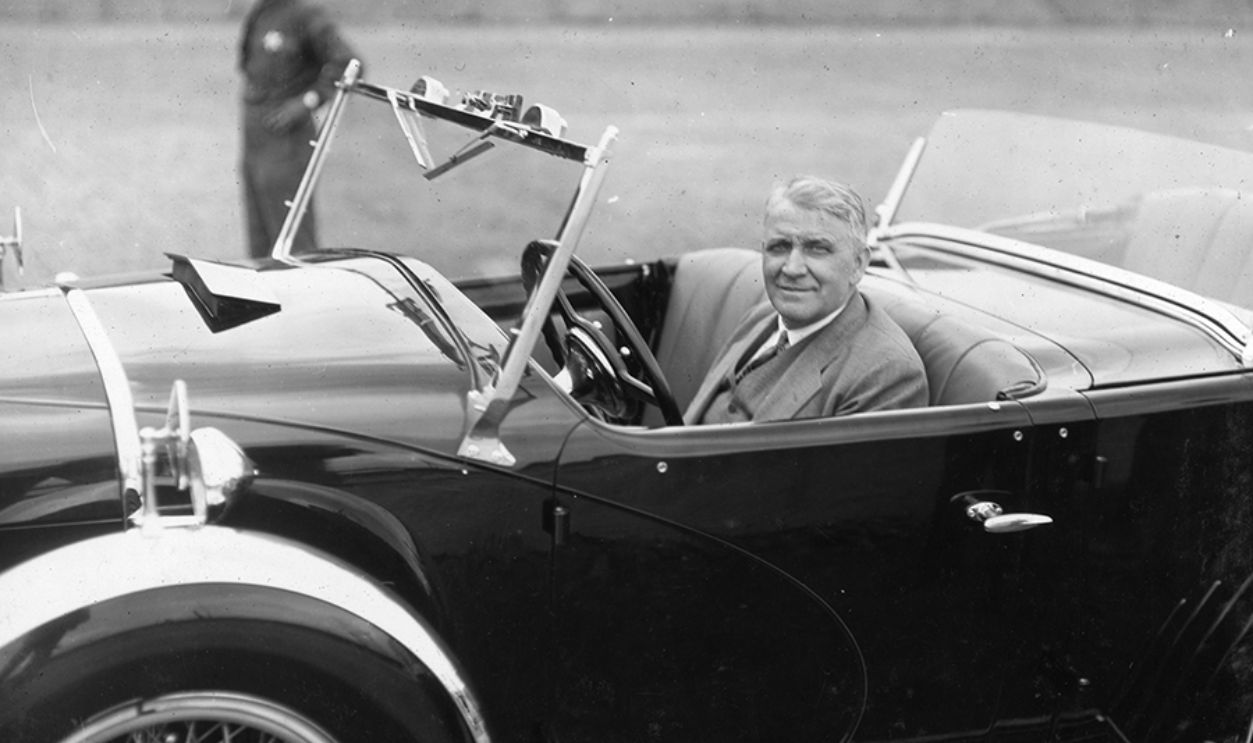
The Duesenberg Brothers
The Duesenberg brothers, Fred and August Duesenberg, were born in the 1870s to a German immigrant family in Iowa. From a young age, both of them displayed a strong aptitude for engineering, as they often sought to repair and improve farm machinery.
 Own archive, Wikimedia Commons
Own archive, Wikimedia Commons
Early Beginnings
This early exposure laid the groundwork for their engineering careers, with Fred focusing on engine design and August on bicycles and racing mechanics. As the bicycle craze swept across America in the 1890s, they established a bicycle repair shop in Iowa.
 Unknown Author, Wikimedia Commons
Unknown Author, Wikimedia Commons
Pivotal Business Transition
However, after their bicycle business faced financial difficulties and ultimately closed in 1903, the brothers redirected their focus toward automobiles. This allowed them to apply their racing experiences and mechanical skills to a new field as they wanted to make more powerful vehicles.
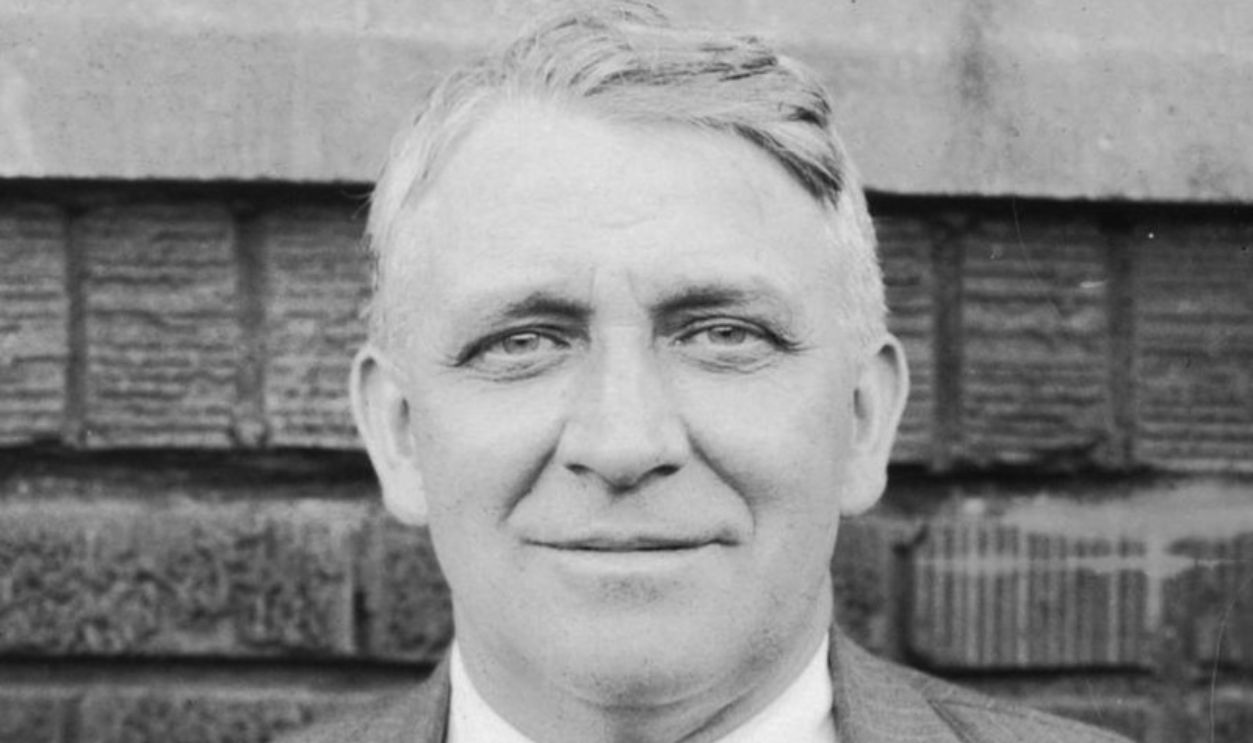 Unknown Author, Wikimedia Commons
Unknown Author, Wikimedia Commons
First Automobile Design
In 1905, Fred and August Duesenberg designed their first vehicle, a two-cylinder automobile, marketed as the Mason “Old Number One”. This was priced at $1,250, positioning it as a premium offering at the time. It was touted as "the fastest and strongest 2-cylinder car in America”.
 Unknown Author, Wikimedia Commons
Unknown Author, Wikimedia Commons
First Automobile Manufacturing
So, to manufacture this vehicle, the Duesenberg brothers partnered with lawyer Edward R. Mason and established the Mason Motor Car Company in Des Moines, Iowa, in 1906. This venture is recognized as their official entry into automobile manufacturing.
 Unknown Author, Wikimedia Commons
Unknown Author, Wikimedia Commons
The Maytag Partnership
Despite the initial success, the Mason Motor Car Company faced financial difficulties. In 1910, F.L. and Elmer Maytag acquired a majority stake in the company, renaming it the Maytag-Mason Automobile Company. However, the Duesenberg brothers eventually left.
 Unknown Author, Wikimedia Commons
Unknown Author, Wikimedia Commons
Mason’s Final Days
By 1915, the company could not recover from its troubles and declared bankruptcy. The assets were sold to Chevrolet, which used the facilities for its automobile production. Hence, the brand was dissolved entirely by 1918, marking the end of the Mason Motor Car Company.
 Unknown Author, Wikimedia Commons
Unknown Author, Wikimedia Commons
Minnesota Operations
So, in 1913, Fred and August Duesenberg relocated to Saint Paul, Minnesota, where they established the Duesenberg Motors Company. They had one aim in mind, which was to focus on manufacturing good-quality, high-performance engines and race cars.
 Unknown Author, Wikimedia Commons
Unknown Author, Wikimedia Commons
The First Race
Soon, in the year 1914, they entered their first car in the Indianapolis 500, which was driven by the well-known racing driver Eddie Rickenbacker. This vehicle was known as the Duesenberg 1914 Indy Racer and was equipped with a 4-cylinder engine.
 Doctorindy, CC BY-SA 3.0, Wikimedia Commons
Doctorindy, CC BY-SA 3.0, Wikimedia Commons
Wartime Production Shift
During WWI, the Duesenberg brothers adapted their engineering knowledge to aircraft engine manufacturing in Elizabeth, New Jersey. They were awarded contracts to build 2,000 Liberty aircraft engines. However, the project later shifted to producing Bugatti-King U16 engines.
 Unknown Author, CC BY-SA 4.0, Wikimedia Commons
Unknown Author, CC BY-SA 4.0, Wikimedia Commons
Duesenberg H V16 Engine
One of the most remarkable developments in 1918 was the design of the Duesenberg H, a V16 engine. It had a displacement of 3,393 cubic inches (CID) and an expected output of up to 800 horsepower. It also had three valves per cylinder attached.
 Spurzem at German, CC BY-SA 2.0, Wikimedia Commons
Spurzem at German, CC BY-SA 2.0, Wikimedia Commons
First Racing Triumph
Tommy Milton's victory at the 1919 Elgin National Road Race was a great milestone for both him and the Duesenberg brand. Milton drove the Duesenberg racing car, which featured the new straight-eight engine. It was held on a road course with a distance of 301 miles.
 LeSesne Studio, Wikimedia Commons
LeSesne Studio, Wikimedia Commons
The Indianapolis Establishment
And finally, in 1920, they moved to Indianapolis, Indiana, where they founded the Duesenberg Automobile & Motors Company. The site was strategically chosen due to its proximity to the Indianapolis Motor Speedway, which facilitated the testing and development of their vehicles.
 Unknown Author, Wikimedia Commons
Unknown Author, Wikimedia Commons
Naming Rights Transfer
The Duesenberg brothers transferred naming rights and patents to promoters Newton Van Zandt and Luther Rankin in March of that same year. This allowed them to concentrate on engineering and design rather than business management.
 Unknown Author, Wikimedia Commons
Unknown Author, Wikimedia Commons
European Racing Victory
It all started when Jimmy Murphy made history in 1921 by driving the Duesenberg 183 to victory at the French Grand Prix. It was held on July 25 at the Le Mans circuit. After all, it was the first time an American-manufactured car won this European racing event.
 Carey Akin, CC BY-SA 2.0, Wikimedia Commons
Carey Akin, CC BY-SA 2.0, Wikimedia Commons
Duesenberg 183
The car possessed a 183 cubic inch (approximately 3.0 liters) engine. This was notable for its advanced engineering features like four-wheel brakes—a rarity in racing cars at that time. The race consisted of 30 laps around a temporary road course.
 1921 Duesenberg 183 Grand Prix by Simeone Foundation Automotive Museum
1921 Duesenberg 183 Grand Prix by Simeone Foundation Automotive Museum
Racing Dominance: 1921
The Duesenberg company's success at the Indianapolis 500 truly peaked in the 1920s. Specifically, in 1922, Duesenberg made a remarkable showing, with seven of its cars finishing in the top ten. The 1st place was taken by Jimmy Murphy with his Duesenberg No. 12.
 Sicnag, CC BY 2.0, Wikimedia Commons
Sicnag, CC BY 2.0, Wikimedia Commons
Racing Dominance: 1924
Then, in 1924, the Duesenberg brand achieved its first outright victory at the Indianapolis 500. The race took place on May 30, and the victory was secured by L. L. Corum, who drove a Duesenberg Supercharged Special at a winning speed of 98.23 miles per hour.
 Original Footage from the Indianapolis 500 100 Years Ago! by Indianapolis Motor Speedway
Original Footage from the Indianapolis 500 100 Years Ago! by Indianapolis Motor Speedway
Racing Dominance: 1926 & 1927
In 1926, the Duesenberg team faced challenges at the Indianapolis 500, with their best finish being fifth place, driven by Pete DePaolo. But the following year, they made a triumphant return. Souders took over the last 51 laps of the race and won by eight laps.
 National Photo Company, Wikimedia Commons
National Photo Company, Wikimedia Commons
Model A Revolution
The Duesenberg Model A, officially known as the Duesenberg Straight Eight, was a fantastic automobile introduced in 1920. It is said to be the first mass-produced car to feature a straight-eight engine, which displaced 4.3 liters (or 260 cubic inches).
 AlfvanBeem, CC0, Wikimedia Commons
AlfvanBeem, CC0, Wikimedia Commons
Duesenberg Straight Eight
The engine produced 88 horsepower, making it one of the most powerful engines available in any commercial vehicle at the time. This power was quite good compared to other vehicles, such as the Ford Model T, which had only about 20 horsepower.
 Unown Author, CC BY-SA 4.0, Wikimedia Commons
Unown Author, CC BY-SA 4.0, Wikimedia Commons
Duesenberg Straight Eight (Cont.)
Did you know? It was also the first automobile in series production in the United States to utilize four-wheel hydraulic brakes. The engine also generated 170 ft-lbs of torque at 1,500 RPM with a wheelbase of 134 inches (3,404 mm).
 Sicnag, CC BY 2.0, Wikimedia Commons
Sicnag, CC BY 2.0, Wikimedia Commons
Model A Production Delays
Soon, the Model A ran into a lot of delays, and dealers didn’t start getting cars until December 1921. The plant in Indianapolis was rolling out just one car a day when they were supposed to make 100 a month. In fact, only 150 cars were made in 1922.
 Rex Gray, CC BY 2.0, Wikimedia Commons
Rex Gray, CC BY 2.0, Wikimedia Commons
Van Zandt’s Departure
Van Zandt's departure in 1921 triggered financial instability for the Duesenberg Automobile & Motors Company. He was a key promoter and business manager for Duesenberg and was also instrumental in setting the company's operations and marketing strategies.
 Greg Gjerdingen from Willmar, USA, CC BY 2.0, Wikimedia Commons
Greg Gjerdingen from Willmar, USA, CC BY 2.0, Wikimedia Commons
New Ownership Era
In 1926, Errett Cord acquired the company, changing the brand's direction. Cord financed the acquisition using flourishing stock from his successful Auburn Automobile Company. He wanted to create a luxury vehicle to compete with established European brands.
August's Role Change
Following Cord's acquisition in 1926, August Duesenberg shifted his focus mainly to the company's racing division. August introduced different innovations in racing technology, such as improvements to aerodynamics, engine performance, and chassis design.
 Unown Author, Wikimedia Commons
Unown Author, Wikimedia Commons
Model X Development
The Duesenberg Model X, introduced in 1926, emerged as an enhanced performance version of the earlier Model A. It was driven by a 260 cubic inch (4.3 liters) straight-eight engine and produced 100 horsepower, a notable increase from the Model A's 88 horsepower.
 Simon Davison from Los Gatos, United States, CC BY 2.0, Wikimedia Commons
Simon Davison from Los Gatos, United States, CC BY 2.0, Wikimedia Commons
Rare Chassis
The chassis length was increased to 136 inches (3,500 mm), providing a longer wheelbase. Only thirteen Model X chassis were ever manufactured, with just five surviving today. This makes it the rarest Duesenberg street production chassis in existence.
 nemor2 from Stuttgart, Germany, CC BY 2.0,Wikimedia Commons
nemor2 from Stuttgart, Germany, CC BY 2.0,Wikimedia Commons
Duesenberg Model J
When Cord took over the company, he asked Fred Duesenberg to whip up "the best car in the world”. This started the creation of the famous Duesenberg Model J, which hit the scene in 1929. The Model J packed a punch with its 265-horsepower straight-eight engine.
 Magnus Bäck, Wikimedia Commons
Magnus Bäck, Wikimedia Commons
Luxury Model Launch
It produced an impressive 265 horsepower at 4,200 RPM, achieved through dual overhead camshafts and four valves per cylinder. It was pretty unmatched for some time. The Model J could reach a top speed of approximately 116 mph (187 km/h).
 LarryStevens, CC0, Wikimedia Commons
LarryStevens, CC0, Wikimedia Commons
Model J Features
The Model J was also available with either a standard wheelbase of 142.5 inches or an extended version of 153.5 inches. Plus, the price for this one ranged from $14,000 to $20,000, positioning it as a luxury vehicle that targeted elite customers.
 Rex Gray, CC BY 2.0, Wikimedia Commons
Rex Gray, CC BY 2.0, Wikimedia Commons
Celebrity Appeal
Duesenberg cars were favored by Hollywood icons like Greta Garbo, Howard Hughes, Mae West, Marion Davies, and Clark Gable. The brand also attracted attention from European royalty, including the Duke of Windsor, Queen Maria of Yugoslavia, and King Alfonso XIII of Spain.
 Jay Cross from Berkeley, California, US, CC BY 2.0, Wikimedia Commons
Jay Cross from Berkeley, California, US, CC BY 2.0, Wikimedia Commons
Supercharged Excellence
So, the Duesenberg Model SJ, introduced in 1932, is known for its supercharged power featuring a supercharged inline-eight engine. It had a displacement of approximately 6882 cc (420.0 cubic inches or 6.9 liters) and produced 320 horsepower at 4,750 RPM.
 Dennis Elzinga, CC BY 2.0, Wikimedia Commons
Dennis Elzinga, CC BY 2.0, Wikimedia Commons
Duesenberg Model SJ
According to reports, only 36 units of the Model SJ were produced during its run. Like its predecessor, the Model J, each Model SJ was also custom-built. It came with a 3-speed manual transmission, weighing around 5,750 pounds.
 Sicnag, CC BY 2.0, Wikimedia Commons
Sicnag, CC BY 2.0, Wikimedia Commons
Duesenberg SJ "Twenty Grand"
The one-off SJ “Twenty Grand” debuted at the 1933 Century of Progress World's Fair in Chicago. The car was designed by Gordon Buehrig and featured coachwork by Rollston & Company. It was also known as a Rollston-Arlington Torpedo.
 Rex Gray, CC BY 2.0, Wikimedia Commons
Rex Gray, CC BY 2.0, Wikimedia Commons
Hollywood Special Editions
Two exclusive SSJ models were created in 1935 for actors Gary Cooper and Clark Gable. Only two units of this variant were produced, which were built on a shorter wheelbase chassis. It could achieve top speeds of around 140 mph.
 Gary Cooper Duesenberg Drive by Car and Driver
Gary Cooper Duesenberg Drive by Car and Driver
Depression Era Impact
Then, in 1929, the stock market crash had a huge impact on the automotive industry and Duesenberg. The customer base shifted from New York investors to Hollywood celebrities as the Great Depression reshaped the luxury car market and led to the company’s closure.
 National Archives Photo, Wikimedia Commons
National Archives Photo, Wikimedia Commons
The Final Production
The last original Duesenberg, commissioned by German artist Rudolf Bauer, was completed in 1940. This vehicle holds historical significance as it was designed by August Duesenberg after Duesenberg had officially closed its doors in 1937.
 Rex Gray, CC BY 2.0, Wikimedia Commons
Rex Gray, CC BY 2.0, Wikimedia Commons
Revival Attempts
However, multiple efforts were made to resurrect the brand. The co-owner, August Duesenberg's 1947 attempt failed due to financial constraints. Then came his son Fritz and designer Virgil Exner's unsuccessful venture, which produced just one concept car in 1966.
 1966 Duesenberg by Bortz Auto Collection (Office)
1966 Duesenberg by Bortz Auto Collection (Office)
1970s Resurrection
Bernard Miller purchased the Duesenberg Corporation in 1970 and operated it till 1974. The company produced eight SSJ models using templates derived from the original 1935 SSJ La Grande body design. It was an approach to retain the classic Duesenberg styling.
 Elliott & Fry, Wikimedia Commons
Elliott & Fry, Wikimedia Commons
Modern Era Beginning
Ultimately, in 1978, Elite Heritage Motors acquired the trademark for Duesenberg. They launched the "Duesenberg II" production in Elroy, Wisconsin. Several models were produced under the Duesenberg II name, like the Torpedo sedan, phaeton, and Murphy Roadster.
 Prayitno, from Los Angeles, USA, CC BY 2.0, Wikimedia Commons
Prayitno, from Los Angeles, USA, CC BY 2.0, Wikimedia Commons
Modern Revival Attempt
Duesenberg Custom Coach acquired the trademark for the Duesenberg name in 1996. After this, the company announced plans for the Duesenberg Torpedo Coupe, designed by Jeff Teague. This concept car drew inspiration from classic Duesenberg models of the early 1930s.
 Rex Gray, CC BY 2.0, Wikimedia Commons
Rex Gray, CC BY 2.0, Wikimedia Commons
Advanced Technology
The proposed Torpedo Coupe planned to incorporate Bose electromagnetic suspension while possessing a twelve-cylinder engine design known as the Cylindrical Energy Module. Despite targeting annual production of 25–50 units, this modern interpretation never reached production.
 Rex Gray, CC BY 2.0, Wikimedia Commons
Rex Gray, CC BY 2.0, Wikimedia Commons
Record-Breaking Sale
Recently, in 2018, Gary Cooper's 1935 Duesenberg SSJ made auction history by selling for $22 million at the Gooding & Co. Pebble Beach auction. After Cooper, the car passed through collector and racer Briggs Cunningham before being acquired by Miles Collier in 1986.




